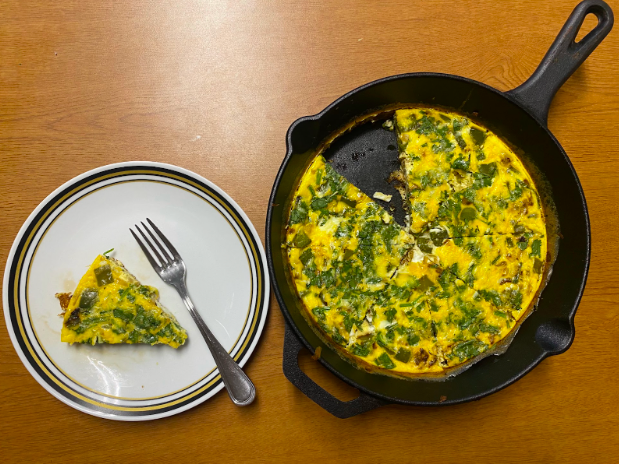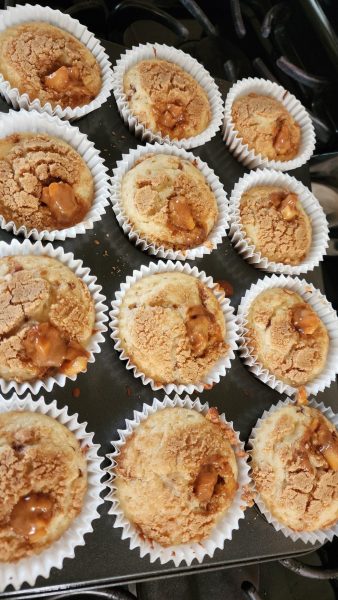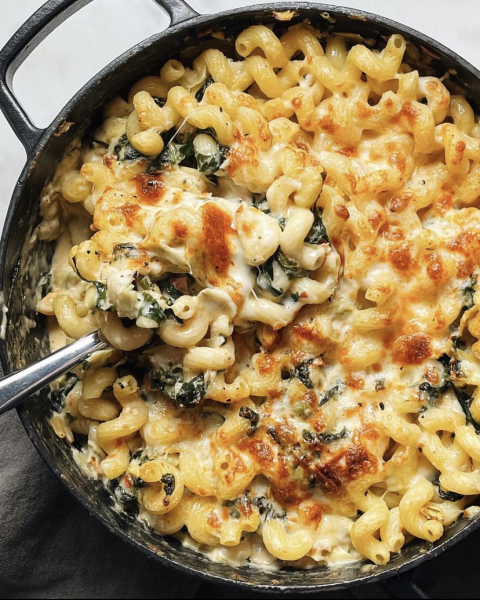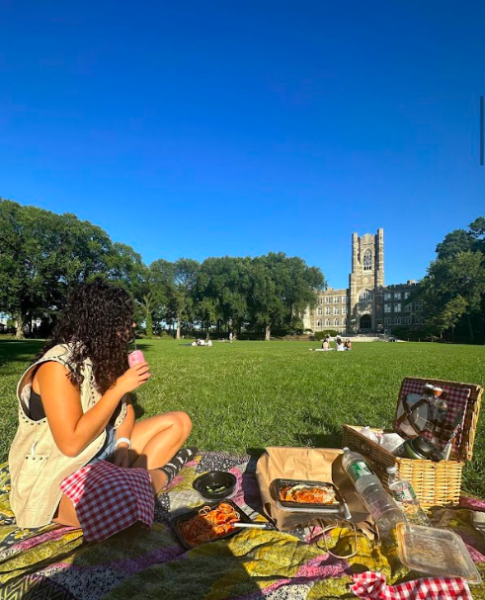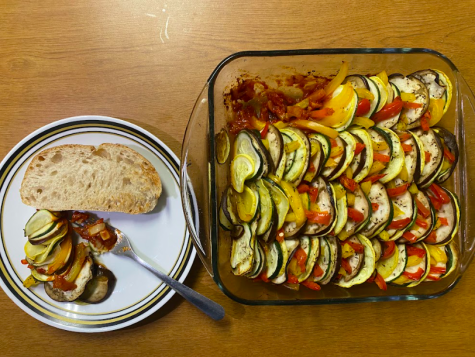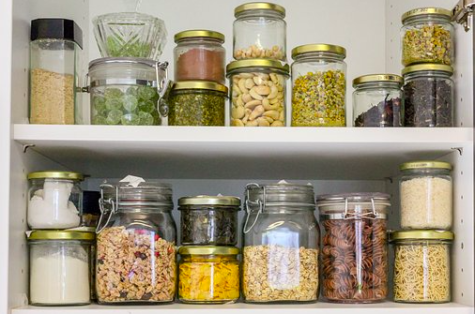Frying Up A Frittata
For this semester’s final article, we’re making another dish that looks impressive, but is quick and easy to make: a frittata. Easily shareable, stores well in the refrigerator and can be eaten for both breakfast and dinner, this dish is perfect for meal-prepping breakfasts or having a dinner with friends. All you need are a few eggs, some veggies and an oven-safe pan.
According to the Merriam-Webster Dictionary, a frittata is “an unfolded omelet often containing chopped vegetables or meats.” This definition is, as Marisa Raniolo Wilkins, a Sicilian-raised writer who has published two books about Sicilian food, can attest, shockingly simple. In a guest spot on her friend’s blog, Wilkins explained the complicated web that is the frittata’s inception. Named after the Italian word “fritta,” which means “fry” and is derived from the verb “friggere,” the dish consists of eggs and a variety of fillings that are fried together. As Wilkins studies the frittata in Sicilian cuisine, one of her questions focuses on the conundrum of who introduced it to the island. There are myriad fried egg dishes throughout the world, but three appear in the different cultures that interacted in the small place. The Arabs introduced their “eggah,” the Spanish brought their “tortilla” and the French cooked their “omelet.” All are egg-based dishes consisting of a variety of ingredients thrown together. Wilkins tends to lean towards the Spanish as the frittata’s inspiration, but it’s a question that evades a simple answer.
Despite its history, the frittata itself is very simple. At its core, it is a handful of beaten eggs combined with a variety of sauteed vegetables and cooked protein. Its beauty, then, lies in its versatility. You can incorporate all sorts of different vegetables, spices and proteins into it. For this recipe, I drew on Tex-Mex inspirations (and what I already had in my pantry), combining a green bell pepper, onion, cumin, cayenne and cilantro. This went against the recipe I used from New York Times Cooking, which flavors its egg base with bacon, spinach, onion, bell peppers and goat cheese. When it comes to frittata fillings, only your own creativity limits its possibilities.
The only hard and fast rule when it comes to frittatas is the use of an oven-safe skillet. As frittatas require you to first start on the stove before baking the whole dish in the oven, it is imperative to have an oven-safe pan. For the most part, any skillet that is made completely out of metal, without a plastic or wooden handle, will be safe for the oven. Nonstick cookware should work fine for this recipe as well. If you do not have an oven-safe skillet, then you can transition your sauteed vegetables to a casserole dish or even a muffin tin, and then pour your egg mixture into it. Regardless of the difference in method, this dish will still taste fantastic.
When it comes to cost, this dish fits comfortably into the tight, end-of-spring-semester college budget. I used an onion, a green bell pepper and cheddar cheese that I already had, making my grocery list include only ground cayenne, fresh cilantro and eggs. The price of most items were about a dollar, give or take 50 cents. The eggs, however, were pricier. As we all know, eggs are one of the foodstuffs that have suffered the largest increase in price over the last few years. Impacted by factors like increasing inflation, war abroad and the avian flu, the price for a carton of eggs hovers in between five to eight dollars. I used about six eggs in my frittata, making the whole meal about $7.50. Even though I skimped out on some of the ingredients (the NYT’s original recipe calls for eight eggs), I ate less than a third of the frittata and packed the rest away for Monday and Tuesday’s breakfast. So, all in all, the dish is fairly inexpensive.
But enough about that, it’s time to actually make the thing. Cooking the frittata was, in all honesty, much easier than I expected. After turning the oven on to preheat at 375 degrees, I chopped up my onion and green pepper. Then, I dropped them in the skillet. While they were cooking, I made my egg mixture by beating six eggs, adding a half cup of milk and the spices (cayenne, cumin, salt and pepper). Once the onions were translucent, I turned the heat under the skillet to low and poured in the egg mixture. After stirring a few times to evenly distribute the different ingredients, I moved the skillet into the oven. 20 minutes later, the frittata came out. With a giant, terrifying air bubble growing inside it. I popped it, causing steam to rush out in a defeated huff, and left the dish to cool. A few minutes later, I plated it and ate it with salsa — upholding the Tex-Mex theme. It was wonderfully light and fluffy, and a perfect Sunday night meal. (It was a pretty good Monday morning breakfast, too.)
This dish is very simple to make, and honestly didn’t take any longer than 40 minutes. However, due to the necessity of having not only an oven, but an oven-safe pan, I rank this dish’s difficulty as…
Difficulty level: Spellman Hall.

Kari White is a senior from the blink-and-you’ll-miss-it state of Delaware. She is majoring in English with a concentration in creative writing, as well...





































































































































































































